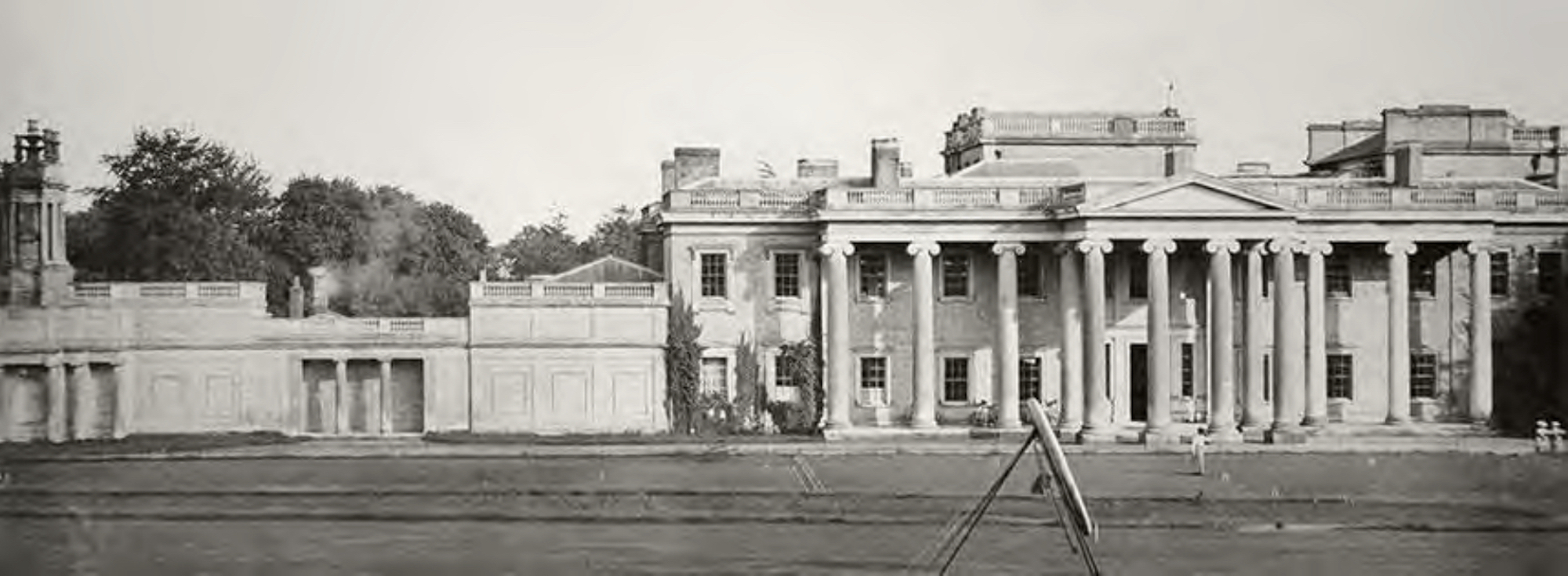
From Domesday Book to decadence and death duties
The background of the site is as rich and fascinating as the finds that were discovered by heritage experts, Pre-Construct Archaeology, and tells a remarkable story that began in the 10th century. The then King Athelstan granted the land to Alfred, a thegn who gave the land to the abbey of Hyde in AD941. Details of the transaction, citing a ‘substantial manor’, were recorded in The Domesday Book.
In the Middle Ages, North Stoneham Park was established as a modest deer park of some 800 acres and, after the dissolution of the monasteries in the 1530s, the estate passed to Thomas Wriothesley, 1st Earl of Southampton. Wriothesley’s grandson, Henry sold the manor to the renowned lawyer and politician, Sir Thomas Fleming, before it passed through generations to reach Richard, a Southampton MP, before he died childless in 1740.
It was at this time the celebrated landscape gardener, Lancelot Capability Brown was commissioned to remodel the grounds. He created his trademark gardens, parklands, woodlands, lakes and serpentine rivers that flowed seamlessly to form enchanting grounds that spanned the Park estate. North Stoneham Park became one of the most enduring landscapes he ever created.
The dynastic Fleming line was to become extinct when Richard’s brother died in 1766. Generations of the Fleming’s cousins, the Willis family, then made North Stoneham their home. Deaths and debts plagued the site when John Browne Willis Fleming spent more than £100,000 on a spectacular new mansion at North Stoneham in 1818 that would replace the original 29-room mansion.